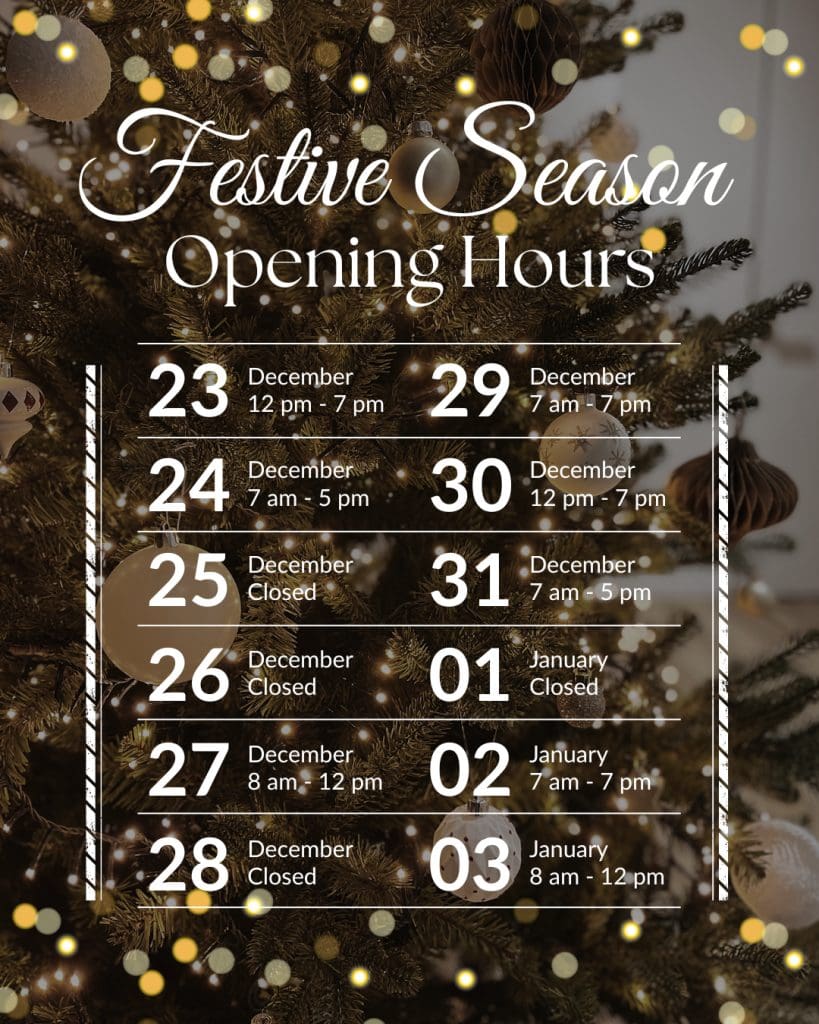This month’s newsletter is by our Senior Musculoskeletal Physiotherapist and owner, Robert Waller.
Our bodies are constantly under load through physical activity, psychological factors and potentially immune system challenges. Physical load is a good thing and it makes the structure of our bone, muscles, joints and connective tissue (e.g. tendons) stronger. Appropriate load over time results in resilience to overuse type injuries. However, if you underload your body or increase load too quickly without adequate rest or recovery and your risk of non-traumatic musculoskeletal pain increases.
Load from physical activity comes from the type of activity, volume, frequency and intensity. Load on our ‘system’ can also come from mental stress, low mood, infection, poor diet and lack of sleep. The risk of injury is multifactorial, however if you develop pain with a traumatic injury a major factor to consider will be load. While load may come from technique errors such as running technique, typically the major issues results rapid volume, frequency and intensity of physical activity without adequate recovery.
Underloading your system deconditions your musculoskeletal system making it more vulnerable to acute overload. This can occur when you return to training after the off season, return to activity following an injury or illness or after a holiday. Ideally, we should always be staying fit and conditioned, however if you are returning to activity following a break it’s important to return gradually to your pre-break levels. The longer the break the lower the starting point should be and the more gradual the return to pre-break activity levels.
Another factor to consider is that different musculoskeletal tissues adapt to load at different rates. Muscles can recover quickly from injury and load, whereas tendons and joints adapt more slowly. A tendon that is painful may take months of correct load management to normalise its’ structure.
Rate of perceived exertion (RPE) is one way of measuring load and can be used by the average person.

The acute to chronic workload ratio (ACWR) is used extensively in elite sport such as cricket, AFL and soccer. Complex load calculations are made using heart rate, distance and speed measured by GPS to measure load. For the average person this is too difficult, however load can be roughly calculated using measurements such as distance run, steps per day, weight lifted, kms cycled/swam etc. Acute workload is calculated across a rolling 7-day period. Chronic workload is the average acute load over 4 weeks. In elite sport spikes in acute to chronic load increase risk of injury. There are many figures discussed but keeping acute workload within 10-20% of your chronic workload is suggested to minimise risk of injury.
What does this mean for the average person? There are some important take home messages.
- Keep your weekly load within 10% of your chronic load when possible
- When spikes in load occur reduce load over the next week to allow recovery and adaption
- High load is not an issue, the journey to get there tells the story
- Under training or loading increases injury risk as much as overloading
- Don’t just consider physical load. Think about effects on your system from sleep, diet, stress, mood and illness
At Central Bassendean Physiotherapy our physiotherapists are highly knowledgeable in load management, injury prevention and rehabilitation from injury. If you need assistance we love getting people back to doing the things that are important to enjoying life.
You can BOOK HERE or Call us to make an appointment at 9279 7411.
At Central Bassendean Physiotherapy we pride ourselves on our accurate diagnosis and evidence based, contemporary management of musculoskeletal problems. We are happy to have a further discussion on the material presented here.
Author

Rob Waller
Senior Musculoskeletal Physiotherapist
Owner
Curtin University WA 2002
Cumberland College of Health Sciences NSW 1988
Rob Waller is a Musculoskeletal Physiotherapist, with over 25 years experience. He is passionate about restoring function following injury and for people with complex musculoskeletal presentations, particularly spinal and shoulder pain. He is also a lecturer at Curtin University teaching on the Postgraduate Clinical Masters program and is currently completing a PhD investigating pain characteristics in young adults using data from the Raine Study Birth Cohort. (http://www.rainestudy.org.au). Other research interests include spinal pain and translation of evidence to practice.

